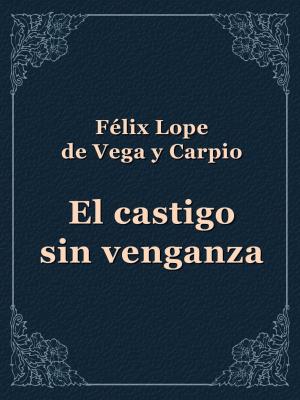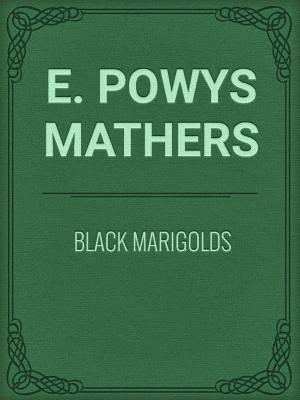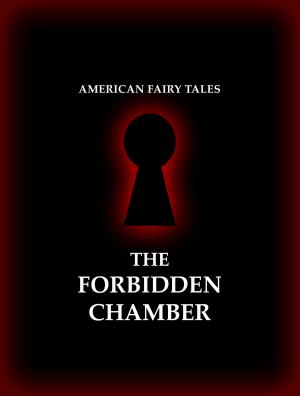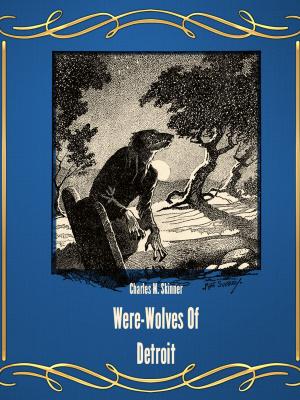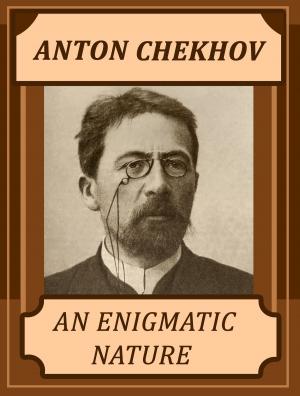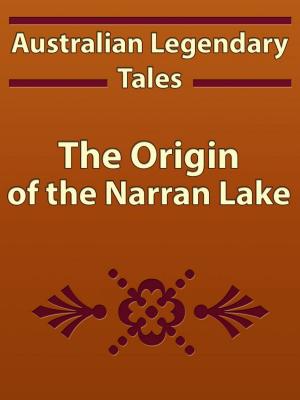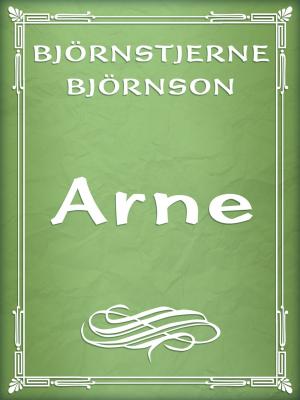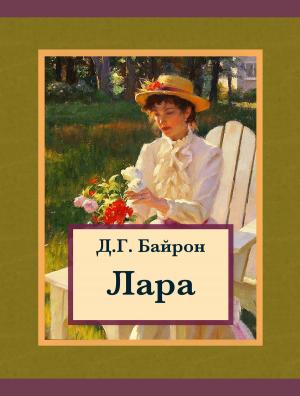| Author: | Pedro Calderón de la Barca | ISBN: | 1230000814096 |
| Publisher: | Media Galaxy | Publication: | November 27, 2015 |
| Imprint: | Language: | English |
| Author: | Pedro Calderón de la Barca |
| ISBN: | 1230000814096 |
| Publisher: | Media Galaxy |
| Publication: | November 27, 2015 |
| Imprint: | |
| Language: | English |
Pedro Calderón de la Barca was a Spanish Golden Age playwright who — from the beginning of his theatrical career in the 1620s to his death in 1681 — wrote about 120 comedias and about 80 autos sacramentales. «Life is a Dream» is a work many hold to be the supreme example of Spanish Golden Age drama.
A religious drama based on the tragic martyrdom of the two saints Cypriani and Justinae in 290 A.D., best known to poetical students in England from the spirited fragment Shelley has left us in his "Scenes from Calderon." By the Spanish dramatist and poet who wrote more than 70 plays, the majority of which were secular dramas written for the commercial theatres. He was made a knight of the order of Santiago by Philip IV, and initiated what has been called the second cycle of Spanish Golden Age theatre. His strength lay in his capacity for poetic beauty, dramatic structure and philosophical depth. He was a perfectionist who often revisited and reworked his plays.
Pedro Calderón de la Barca was a Spanish Golden Age playwright who — from the beginning of his theatrical career in the 1620s to his death in 1681 — wrote about 120 comedias and about 80 autos sacramentales. «Life is a Dream» is a work many hold to be the supreme example of Spanish Golden Age drama.
A religious drama based on the tragic martyrdom of the two saints Cypriani and Justinae in 290 A.D., best known to poetical students in England from the spirited fragment Shelley has left us in his "Scenes from Calderon." By the Spanish dramatist and poet who wrote more than 70 plays, the majority of which were secular dramas written for the commercial theatres. He was made a knight of the order of Santiago by Philip IV, and initiated what has been called the second cycle of Spanish Golden Age theatre. His strength lay in his capacity for poetic beauty, dramatic structure and philosophical depth. He was a perfectionist who often revisited and reworked his plays.

